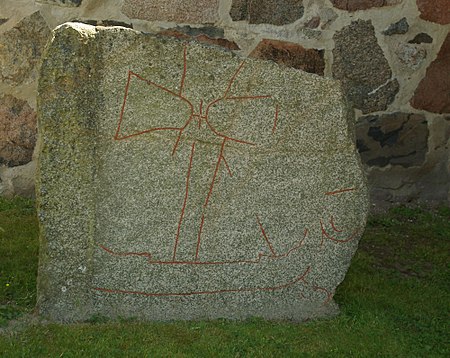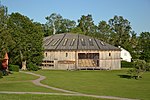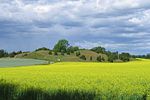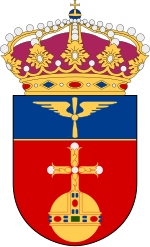Gamla Uppsala (Swedish: [ˈɡâmːla ˈɵ̂pːˌsɑːla], Old Uppsala) is a parish and a village outside Uppsala in Sweden. It had 17,973 inhabitants in 2016.As early as the 3rd century AD and the 4th century AD and onwards, it was an important religious, economic and political centre. Early written sources show that already during prehistory, Gamla Uppsala was widely famous in Northern Europe as the residence of Swedish kings of the legendary Yngling dynasty. In fact, the oldest Scandinavian sources, such as Ynglingatal, the Westrogothic law and the Gutasaga talk of the King of the Swedes (Suiones) as the "King at Uppsala". It was the main centre of the Swedes.During the Middle Ages, it was the largest village of Uppland, the eastern part of which probably originally formed the core of the complex of properties belonging to the Swedish Crown, the so-called Uppsala öd, of which the western part consisted of the royal estate itself, kungsgården.It was also the location of the Thing of all Swedes which was a thing (general assembly) held from prehistoric times to the Middle Ages, at the end of February or early March.
It was held in conjunction with a great fair called Disting, and a Norse religious celebration called Dísablót.
The Law of Uppland says that it was at this assembly that the king proclaimed that the fleet levy would be summoned for warfare during the summer, and all the crews, rowers, commanders and ships were decided.It was not only the Norse cultic centre, it also became Sweden's archbishopric in 1164.









